31 March 2022
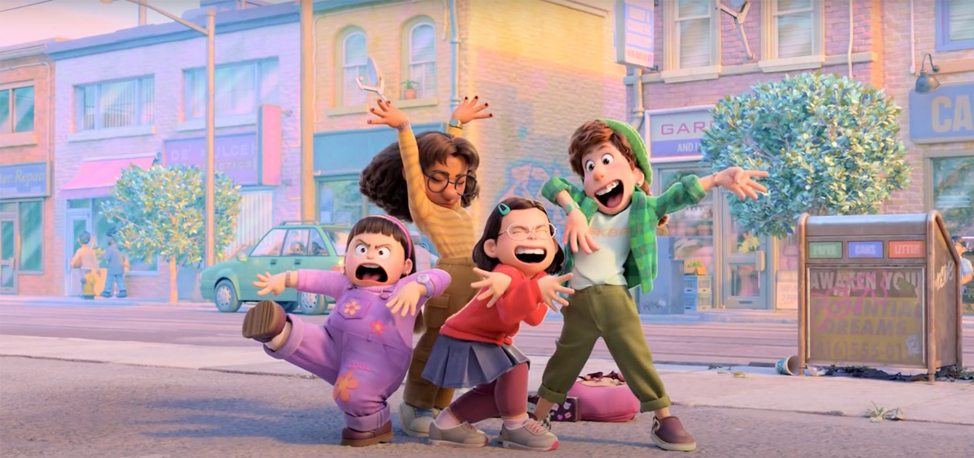
Dominic Glynn
Senior Scientist at Pixar Animation Studios
Master of Engineering (Info Technology & Telecommunications)
When Dominic Glynn suffered a retinal haemorrhage in his left eye during a high-altitude mountaineering expedition, he experienced an immediate change of perception.
With a slight tilt of the head or the close of an eye, it was clear things were different, and his objective analysis was skewed. The accident was a turning point for Dominic, and he became enthralled with the human visual system. He realised this fascination was going to lead him in his professional life.
A couple years and a Master of Engineering (Info Technology & Telecommunications) from the University of South Australia later, and these colour and perception theories at the intersection of art and computers underpin his extraordinary film work with animation giant Pixar.
As one of the lucky few working on each of Pixar’s films, Dominic has been key in so many of the company’s latest triumphs, including Toy Story 3, Inside Out, Soul, Luca, and Turning Red. Here he takes us through his role at the legendary Pixar Animation Studios and what it actually means to be a colour scientist.
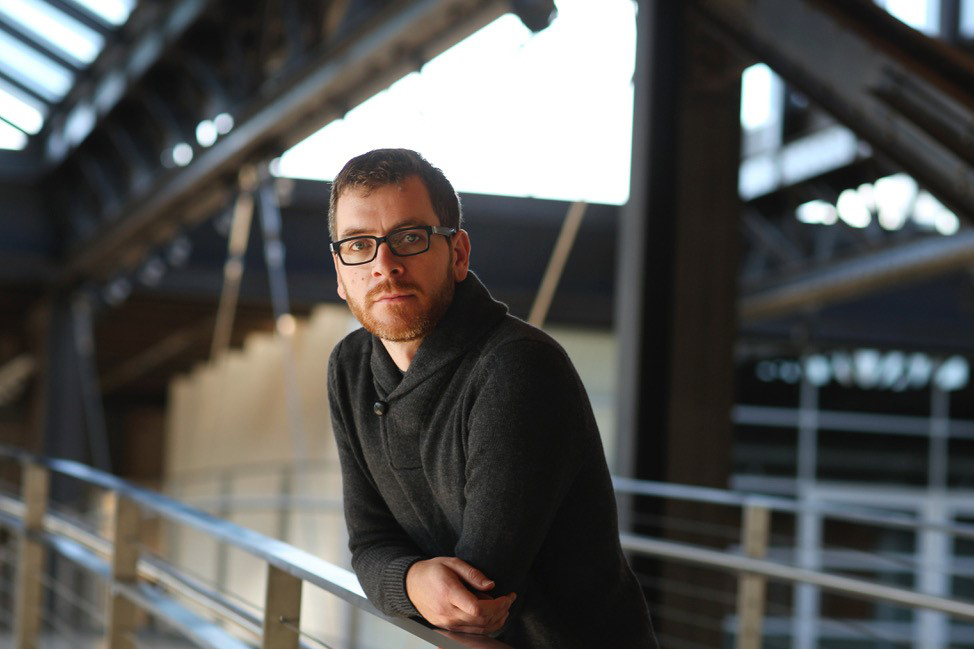
Could you tell us a little bit about your role as a Senior Scientist at Pixar Animation Studios and what a colour scientist and imaging specialist does?
Ultimately, I am accountable for every one of Pixar’s films launching to audiences on time in the highest possible fidelity. This focuses my attention on risk, scale, and communication with the creative and technical leadership across the company.
With the Director, I guide a team of around 20 specialists, interface with global standards bodies, help define the requirements of internal software, and partner with vendors of emerging technologies.
I’m also the studio’s go-to authority on the human visual system and how it can be bound to complex, creative undertakings.
How did you get into this field and end up working for Pixar? When you studied Engineering did you always want to end up in the film industry?
Initially, I had little idea there was a chance to work at the pinnacle of movies, but I’ve always been fascinated by the intersection of computers and art. I spent years in the demoscene, publishing my own indie games, coding, and raytracing.
After completing my Master of Engineering at UniSA, my first role was as a system designer and software architect in defence and aerospace. With the skills from that experience, the Business Administration coursework, and a thirst for growth and learning, I had the opportunity to extend myself leading the research division and sales for a VFX software company in Adelaide, which in turn led to ongoing collaboration with multiple global clients.
I moved to Canada to help Bootstrap, a feature animation company, successfully delivering an animated film to Disney. Pixar (then still under Steve Jobs) came knocking with a “Do that crazy stuff – here!” proposal and 20 plus movies later, the learning hasn’t stopped.
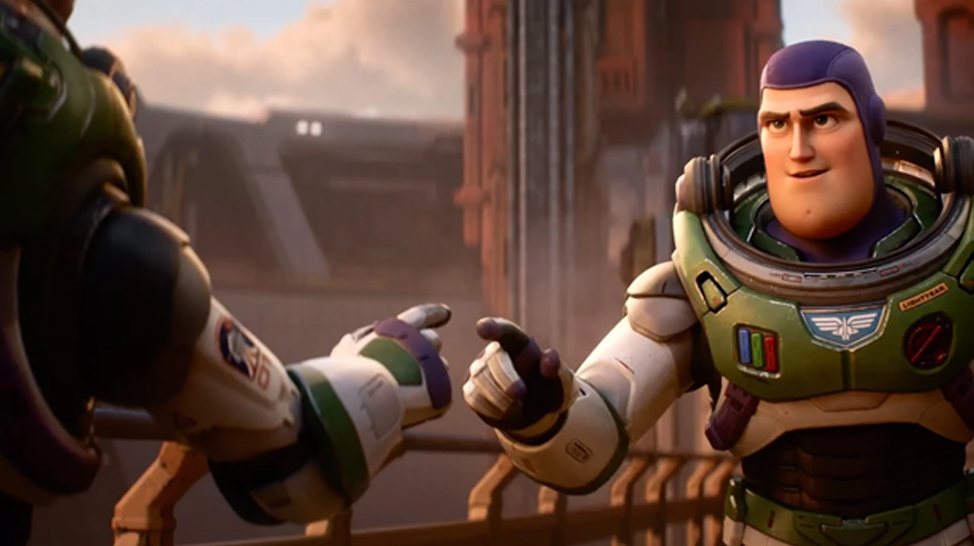
What projects you are currently working on? Can you tell us anything about Pixar’s next major release, Lightyear?
Lightyear is simultaneously an energising, hilarious, original, heartfelt personal story. A perspective of a character we’ve referenced in prior films and, at the same time, an ALL-CAPS love letter to epic, sci-fi action movies. I can’t wait to share it with the world.
I’m one of the lucky few who work on every one of Pixar’s movies, each with unique ambitions, challenges, and complexity. Growing our production capacity remains a priority of our business, so creating agile, robust, and forward-looking pipelines consumes a good portion of my day.
I’m also steering a couple of research projects for Disney and integrating more Machine Learning into various pipelines, freeing up render resources and artists to do their best creative work.
How much does your work in colour influence our emotion and experience while watching a film – can you share with us any examples that increase that impact of the audience?
The film Inside Out broke new ground in visual storytelling, enabled through partnerships I established between our internal creative teams and vendors’ next generation of cinema projectors. When the movie premiered, we pushed the boundaries of traditional cinema to evoke visceral, optic reflexes as our protagonist, Riley, is born.
Later during the ‘subconscious’ sequence (when emotions Joy and Sadness are rescuing Riley’s imaginary friend) we temporarily exploited a novel and nuanced laser-primary colour palette, never before seen in cinema, to immerse the audience in a subtly unfamiliar environment, momentarily heightening the intended sense of unease.
Behind the curtain there’s a wealth of near-impossible technology at play, a breakneck pace of creation and refinement, and at every stage of polish a degree of finesse which to an observer appears almost eye-wateringly pedantic. Enabling a kind of resonance in both pace and precision across complementary disciplines is how we stay competitive and challenge our expectations.
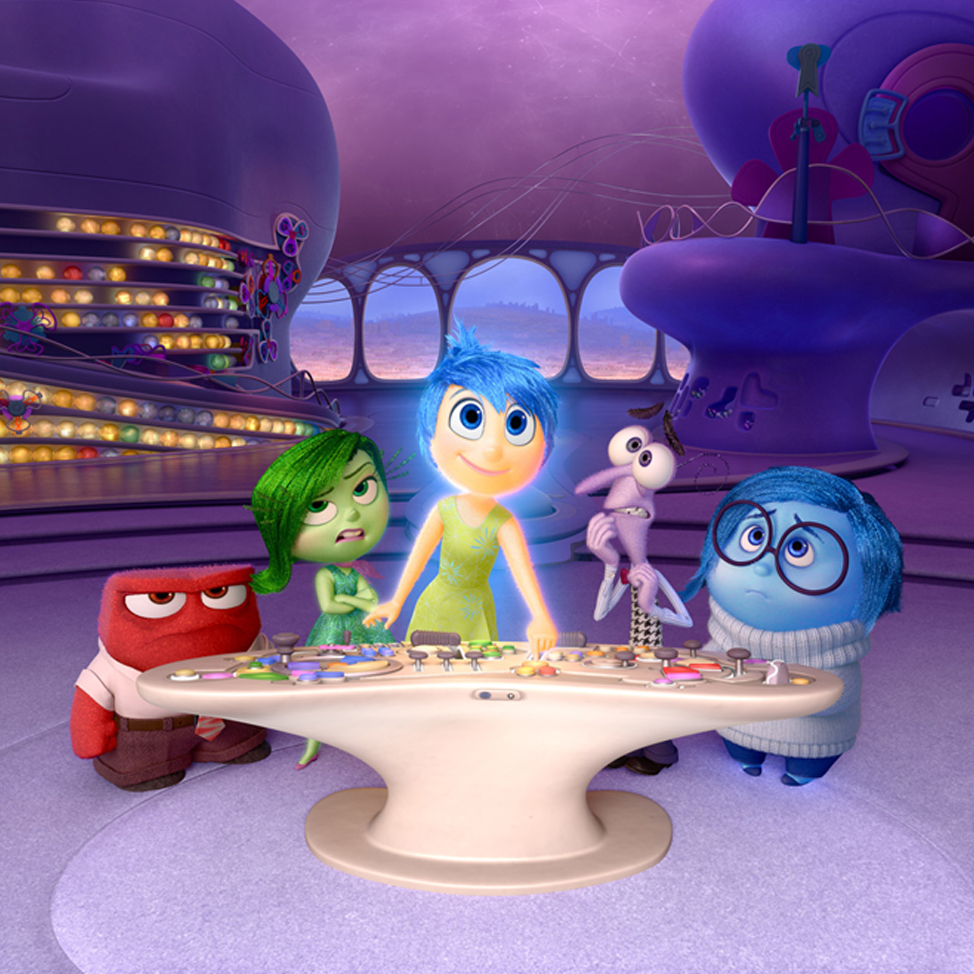
Has the way we consume media (i.e. streaming services on the go, home theatre experiences, new technology) influenced how you think about your work or the process at all?
More than ever! Audiences display a voracious appetite for personalized streaming/mobile content. Competition for their eyeballs also fuels a technology arms race in cinema and home theatre. I approach these dynamic changes in exhibition and distribution channels as a gift, an opportunity to tell richer stories in new, engaging ways.
I helped launch the very first surround sound 7.1 cinema release of Toy Story 3. The industry’s first immersive audio (ATMOS) with Brave. Partnering years in advance of the public launch, I architected the first High Dynamic Range Wide Gamut theatrical release in 2015, heralding radical advances in cinema that continue to fuel the growth and innovation in this industry.
Have you seen any of the movies you’ve worked on in the cinema? What’s this experience like? Do you have a personal favourite Pixar film or character?
I always sneak in the back of a theatre on opening day and feed off the energy of the audience. I truly can’t pick a favourite Pixar film – each new pitch delights me in fresh ways. WALL-E and Ratatouille will always have a special place in my heart. As a parent, Soul, Inside Out, Turning Red, Onward all resonate deeply on a personal level.
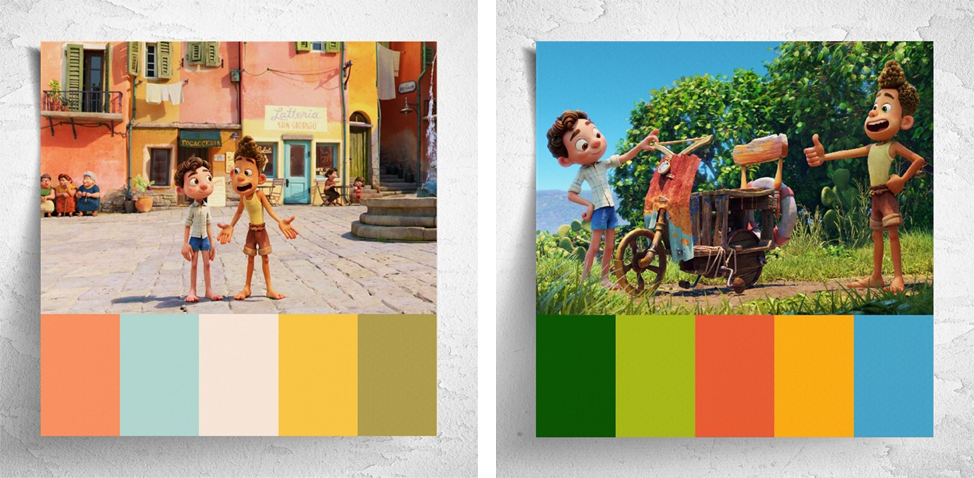
What do you wish you knew at university or the start of your career? Do you have any advice for anyone just starting out?
There are smart, kind people all over the world. Go find them ASAP, and build something great, together. Trust others, be generous – rewards will flow. Also, expect things to blow up – learn from these moments. During my first power electronics class, I remember vividly the flash and boom when a classmate ‘rapidly disassembled’ an oscilloscope by inadvertently connecting it to a room-sized motor that hadn’t yet spun down completely. I learned, with haste, the fundamentals of large electric motors and have much respect for said machines to this day.
Pixar’s films have been so foundational and important to generations of children. Did any film, media and/or animations have an impact on you growing up?
Ground-breaking effects films were formative in my media consumption. I wore out my VHS copies of The Abyss and Aliens. The Last Starfighter, Tron, Star Trek 2, and I’m privileged to have subsequently worked alongside some of these pioneers at Pixar. I still remember studying Catmull’s spline math in High School, not tumbling to the fact Catmull was a person, let alone a contemporary, and never in my wildest dreams imagined he’d one day offer me a job.
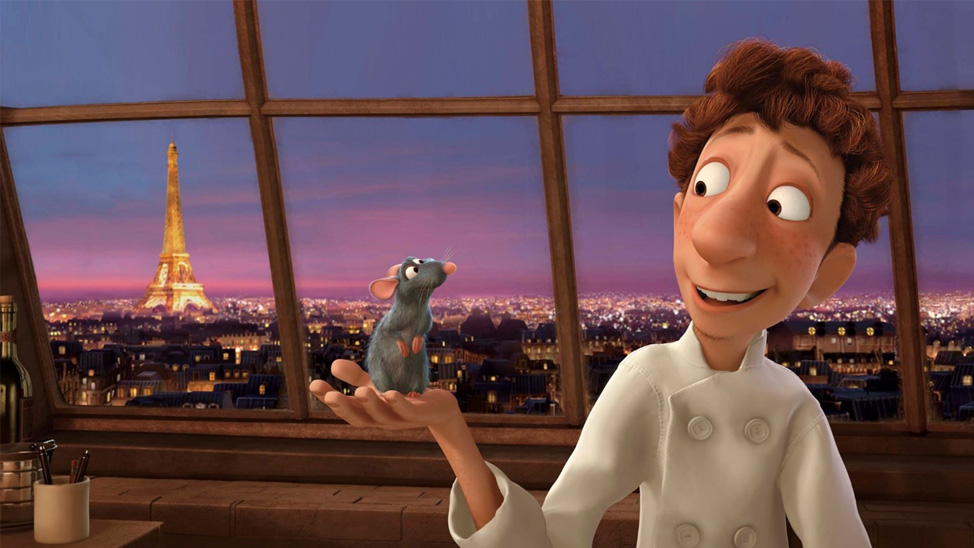
Are there any projects or achievements you’re particularly proud of?
Showcasing this remarkable team is what makes me most proud. They’re inspiring, dedicated rockstars and I’m constantly learning from them all. The through-line, whether it’s creative ephemera, physiological ‘wet-ware’, deep learning, high throughput computing, or keeping the team humming in a sustainable, energetic manner. I love that magnificent puzzle – optimising complex systems.
Is there anything in terms of colour theory or the picture that you wish audiences would pay more attention to when watching animation or other entertainment products?
[soapbox] Walk over to your TV, RIGHT NOW. Turn OFF motion smoothing. You have my undying gratitude. [/soapbox]




